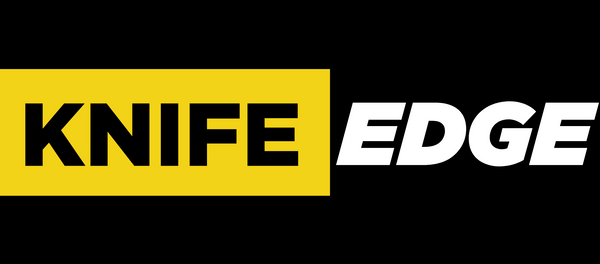Finding the perfect knife is a lot more fun when you know what it is.
Most people think knives are cool, but not everyone knows what tang is , or the difference between AUS8 carbon steel and 420HC stainless steel, or the difference between carbon and stainless steel. This is the domain of knifemakers and enthusiasts whose gun cases are dangerously full of their collection of blades.
There are a lot of different elements that go into making a knife, which is a good thing if you're into the subject. But sometimes you hear someone say that a knife's "trigger" isn't very good, and you just want to know how bad it really is before you spend $50 on it. So, for the person who really loves knives, it's not enough to have all of these things memorized , here's a quick reference guide.
Steel
Steel is quickly becoming a vast and complex subject as companies are constantly experimenting with new types of steel. But, to simplify, there are two main types of steel.
Carbon steel – Iron mixed with carbon to create a harder steel.
Stainless Steel – Carbon steel mixed with chromium to prevent rust.
Rockwell Hardness – Also called HR or HRc (because we use the Rockwell C scale for knives), this is the scale used to measure the hardness of metals. Most high-end knives fall in the 55-65 range, while cheaper steels are often 45-55.
Knife locking mechanism
This is the thing that holds the blade in place on a folding knife. There are three basic types, although some companies play around with their own creations .
Liner lock – A long piece of metal built into the frame that snaps under the knife when fully open.
Frame lock – Similar to a line lock, but the metal is part of the frame itself, rather than an addition.
Back Lock – The blade is locked by the back of the knife.
Blade shape
Bevel – The point where the metal slopes toward the actual edge of the blade.
Grind – The shape of the blade's cross-section. Which is a Wikipedia way of saying the shape of the knife's edge. Here are some different types you'll see:
Hollow – a very sharp grind where the sides curve inward.
Flat – a simple grind where the sides form a right angle from the edge to the spine without curving.
Saber – the bevel only goes halfway to the spine, creating a V-shape on the blade.
Double Bevel – A heavy-duty grind with two bevels, meaning the steel is angled towards the edge twice to form a sort of V with an extra section on each side.
Convex – A sharp grind where the sides curve outward from the edge.
General knife construction
Detent - The small ball bearing on a lock that creates drag on the blade when closed to prevent it from opening too easily.
Tang – The interaction between the blade metal and the handle of a knife.
Full tang – The blade metal runs completely through the handle.
Half-tang – The metal runs through half of the handle (if you hadn't guessed).





